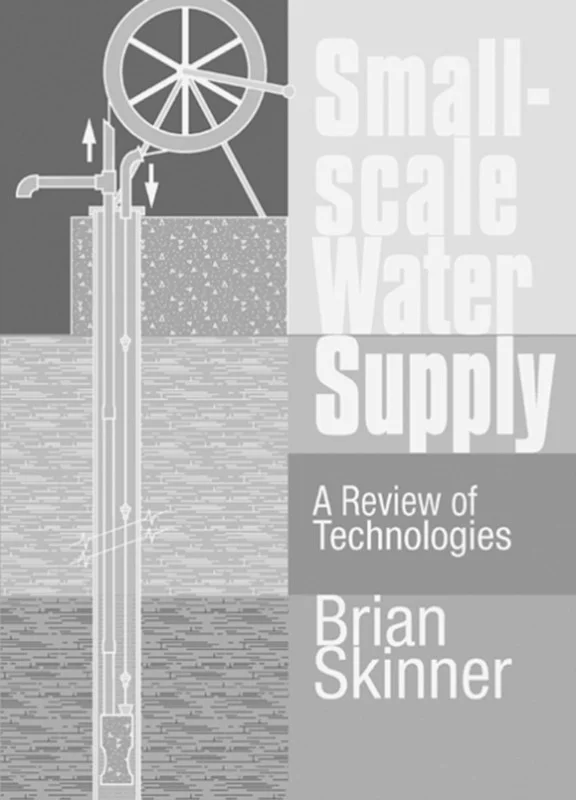Building with Lime Stabilized Soil - Stafford Holmes - Bog - Practical Action Publishing - Plusbog.dk
How best can we stimulate lasting recovery from floods, earthquakes, and other climate disasters, with limited resources and funds? How can we deliver housing and adequate shelter that will protect as many people as possible across the world from anticipated future floods or extreme weather?Widely available limestone is a key component to achieving these goals.When burned and combined with local clay-rich soil or pozzolans (locally available burnt brick dust or various types of ash) it can create low-cost, flood-resilient building components: foundations, wall blocks, renders, plasters, and floor and roof screeds that remain stable in wet conditions and under water.Many communities are familiar with basic construction, and so, once equipped with the skills to work with these low-cost, locally available materials, they can lead their own recovery. Advice includes the selection, preparation and application of binders, aggregates and pozzolans and their mix ratios supported by detailed illustrations of practical field tests for a range of building elements.As well as setting out methods for using soil and other local materials in the construction of new housing in rural communities affected by climate disaster, Building with Lime-Stabilized Soil also describes their use in repairs to historic buildings. Many old buildings, some standing for over 700 years, are testament to the durability of these materials. Stafford Holmes and Bee Rowan show with numerous detailed examples and instruction that the use of lime-stabilized soil is the most ecological, cost-saving, appropriate technology for a wide range of buildings across the world.

















































